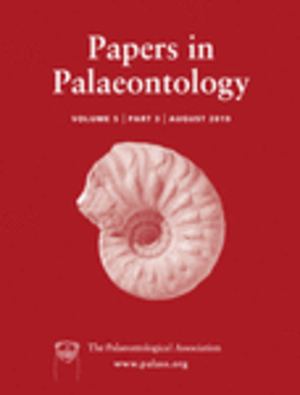Reg. Charity No. 1168330

The fossil record of the genus Gavialis currently comprises nine species, many of which were erected from the mid nineteenth to the early twentieth century, sometimes on the basis of incomplete specimens. A survey of the Natural History Museum, London, collections, where many specimens were collected in the course of geological surveys in Punjab and Sindh, part of the former Indian Empire, provides a basis to reevaluate the taxonomic content of the genus Gavialis. Four species, G. leptodus, G. pachyrhynchus, G. curvirostris and G. breviceps, are not referable to the genus Gavialis. The species G. hysudricus is considered a junior synonym of G. gangeticus. The genus Gavialis includes two species, namely G. gangeticus and G. bengawanicus; two others, G. browni and G. lewisi require revisions. Several similarities are noted between the tomistomine Rhamphosuchus crassidens and G. leptodus, G. pachyrhynchus, G. curvirostris and G. breviceps. As a generality, the scarcity of information on sampling locations renders difficult a discussion on taxon provenance and age. However, a definitive revision of these taxa requires a revision of R. crassidens as well as an improved stratigraphic framework for all these taxa in a continuing effort to update the diversity of Gavialis and other longirostrine forms in the Mio‐Plio‐Pleistocene of India–Pakistan and SE Asia.